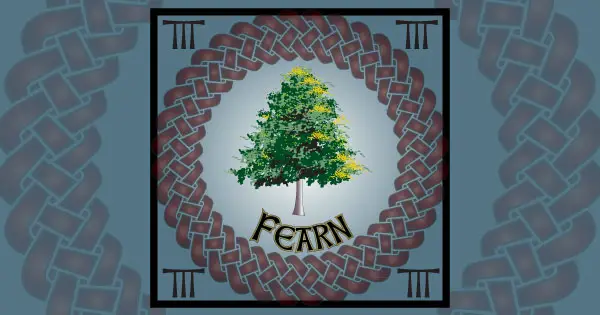In Celtic mythology, the alder tree was symbolic of a balance between female and male principles since it possesses both female and male catkins on the same branch.
The alder is a member of the birch family generally found near streams, rivers, lakes and wetlands. It is known for creating a fertile, lush environment for surrounding animal and plant life.
Tree of fairies for the ancient druids
The druids also associated the tree with courage and the evolving spirit, and linked it with death and resurrection. This belief was shared in Austria too, where the wood of the alder was thought to make the dead come back to life.
In Irish mythology the first human man was made from the alder tree which is considered a tree of the fairies, protected by the water fairy-folk but also representing fire and earth.
In parts of old Ireland it was considered a crime to cut down an alder tree because the tree spirit would get angry and burn down houses in revenge.
This possibly came about because when felled, the wood of the alder turns from white to an unnerving blood red due to its bright red-orange sap.
Alder wood good for building
The sap, leaves and bark of the alder were all used to make dyes; green from the leaves, red from the sap and brown from the bark. The dyes were often used to tan leather. Wood of the alder is flexible and resistant to the rotting effects of water.
Fearn, F – The alder represents the third letter of the ogham alphabet ‘Fearn’ and the fourth month in the Celtic tree calendar.
Due to these qualities it was often used to build bridges, pipes, milk pales and pilings for causeways across marshlands. Parts of Venice were built on alder pilings.
In medicine, the alder leaves and bark, which contain tannins, were used as an antiseptic and an astringent to treat skin wounds, rashes and swollen glands.
According to the Woodland League of Ireland, the value of the alder to the Irish in the past was for making clogs, masts of ships and shields. Alder wood was particularly impressive as a shield.
It is so hard that if an opponent buried his axe in the shield, he would find it almost impossible to withdraw it. This would render him defenceless and an easier target to attack.
The alder supports more than 70 different insects, many of them specific to the alder, meaning they can’t survive on another tree.
Discover more about the alder in this video from the Irish Woodland League.
